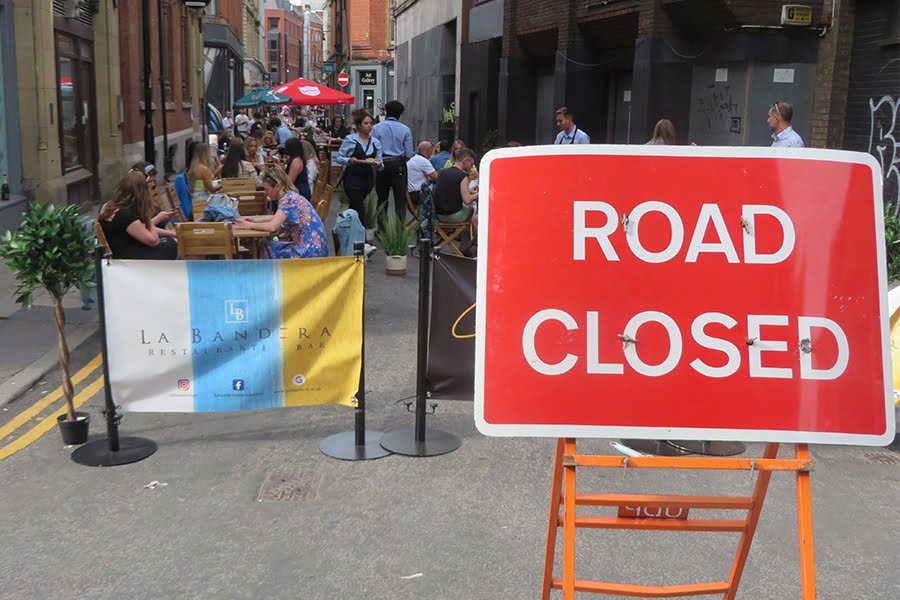
Concern about the fortunes of the high street has been prevalent for a number of years with competition from out of town shopping and online retail. Previous initiatives to address high street decline have included: Mary Portas, Town Teams (2011), ‘Town Centres First’ National Planning Policy Framework (NPPF-2012) and the Grimsey Future High Street Forum (2013).
The widely held view is that retail has become too dominant on the high street and with the competition for customers elsewhere, units have closed, leaving gaps and this results in reduced footfall and vitality. The decline has been exacerbated by the COVID pandemic with a series of enforced lock-downs since March 2020, meaning the temporary closure of high street businesses, particularly hospitality and the demise of several anchor stores such as Debenhams.
In 2019 the High Street Task Force (HSTF) was commissioned by HM Government to strengthen local leadership for high streets in England through building capacity & skills. The HSTF is an alliance of 13 partners including the Landscape Institute, Design Council and Royal Town Planning Institute and it is hosted by the Institute of Place Management (IPM) based in Manchester. From 2021, 150 local authorities and their partners will receive expert advice from HSTF to try to arrest the decline.
The HSTF has created a sense of optimism by working with the recommendations of the second Grimsey Review (2018). It envisions places being transformed into community hubs, with high streets promoting their unique heritage and sense of place.
The HSTF is recommending the 4 R’s of Renewal for high streets:
Some high streets will need just one of the interventions, others will need two or more.
Since 2019 TEP has been advising Harborough District Council in respect of their two principal town centres: Lutterworth and Market Harborough, where the focus is to set a road map for the coming 10 years. TEP’s work has been stakeholder-led, consulting with town councils, civic trusts, retail forums, faith groups and environmental trusts. Stakeholders value the unique heritage and sense of place of their town centres or high street, the vitality and animation that comes from festivals and events and the quality of service provided by independent businesses.
In addition to local values, TEP has also incorporated the recommendations of HSTF and other bodies such as the Town and Country Planning Association (TCPA), which is promoting the 20-minute neighbourhood. This is centred on the concept of the compact and connected neighbourhood, where people can meet their everyday needs within a short walk or cycle. The 20-minute neighbourhood presents multiple benefits including boosting local economies, improving people’s health and wellbeing, increasing social connections in communities, and tackling climate change. The high street is ideally suited to provide the focus for the 20-minute neighbourhood.
Tim Johns
Associate Landscape Architect
(Member of the High Street Task Force and Design Council)








